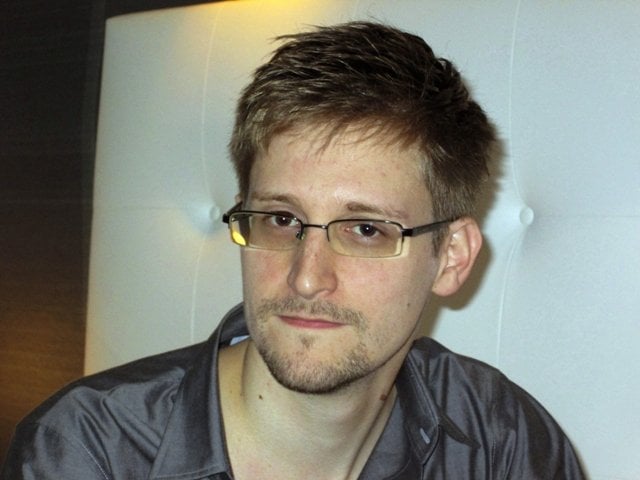
The agencies fear that Snowden may have taken many more documents than officials initially estimated and that his alliance with WikiLeaks founder Julian Assange increases the likelihood that they will be made public without considering the security implications, they said.
Investigators believe Snowden, who was working in Hawaii for an NSA contractor, was partly successful at covering his tracks as he accessed a broad array of information about operations conducted by NSA and its British equivalent, Government Communications Headquarters (GCHQ), according to the sources, who declined to be identified.
In a weekend television appearance, the chairwoman of the Senate Intelligence Committee, Senator Dianne Feinstein, said she had been informed by US officials that Snowden possessed around 200 secret documents.
But one non-government source familiar with Snowden's materials said that Feinstein grossly understated the size of Snowden's document haul and that he left for Hong Kong with thousands of documents copied from the NSA files.
Two US national security sources that were among the people Reuters spoke to confirmed that investigators believe Snowden possesses a substantial amount of secret material, though they declined to discuss numbers.
So far, the Guardian and the Washington Post have not published all the details of the documents that Snowden gave them.
Assange and Wikileaks in the past have taken a different approach in releasing tens of thousands of reports about US military operations in Afghanistan and Iraq, as well as 250,000 State Department cables.
Although WikiLeaks initially made the diplomatic cables available to media outlets, including the Guardian and New York Times, who redacted potentially sensitive information before publishing them, the website eventually released an entirely unredacted archive of the material, to the dismay of the Obama Administration. US officials said the information put sources at risk and damaged relations with foreign governments.
Mystery man
Snowden's current whereabouts, since leaving Hong Kong for Moscow, is shrouded in mystery.
US officials have said they believe he is still in Russia, although Ecuador has said it is reviewing Snowden's asylum request and the media is tracking an Aeroflot flight to Cuba. Airport sources said Snowden was booked into seat 17A but someone else was sitting there as the plane took off.
On a telephone conference call Monday with reporters, Assange, who a year ago took refuge in the Ecuadorean Embassy in London to avoid extradition to Sweden for questioning in a sexual assault investigation, said he thought more details from material in Snowden's possession should be published.
Asked by Reuters whether he was seeking to obtain, or had already obtained, access to unpublished material in Snowden's possession, Assange, declined to answer, saying that he was unwilling to discuss "sources" which provided information to WikiLeaks.
But he added, "Of course WikiLeaks is in the business of publishing documents that are suppressed by governments."
Assange said that WikiLeaks had arranged and paid for Snowden's departure from Hong Kong.
In an interview with the South China Morning Post, Snowden acknowledged that he took a job as a security administrator for contractor Booz Allen Hamilton three months ago to gain access to details of NSA's eavesdropping programs.
"My position with Booz Allen Hamilton granted me access to lists of machines all over the world the NSA hacked," Snowden said, according to the newspaper.
Investigators suspect he also took documents from previous jobs in which he had classified access.
Based on Snowden's documentation, Britain's Guardian published stories outlining massive telephone and Internet surveillance by the NSA and GCHQ, including collection of raw data about US phone calls and tapping by GCHQ into fiber optic trunk cables carrying Internet traffic. The Washington Post and the Guardian disclosed details of an NSA program to read Internet messages of alleged foreign intelligence targets.
Neither the Guardian nor the Washington Post, however, published full operational details of the eavesdropping programs that Snowden told them about. In fact, both newspapers only published handfuls of classified slides and withheld others. Some slides published by both newspapers were also extensively redacted.









































COMMENTS (1)
Comments are moderated and generally will be posted if they are on-topic and not abusive.
For more information, please see our Comments FAQ